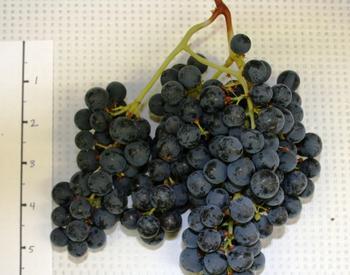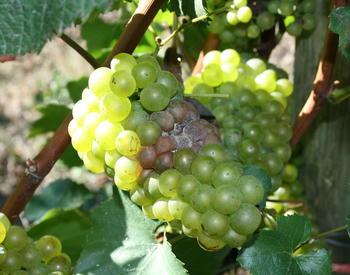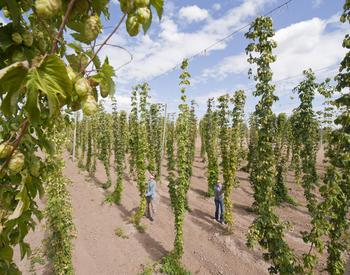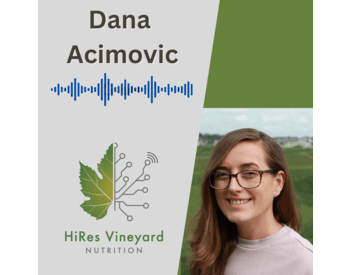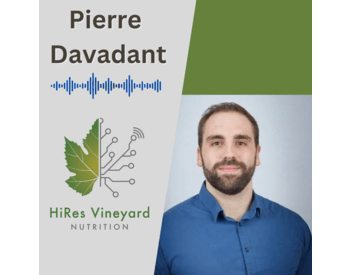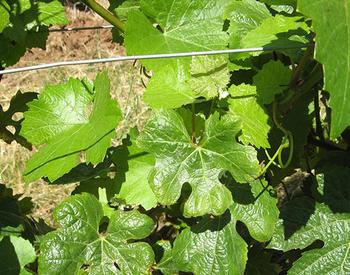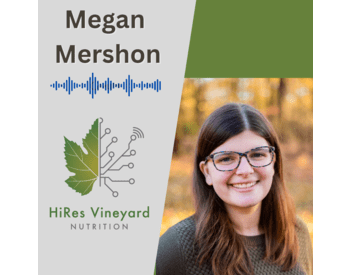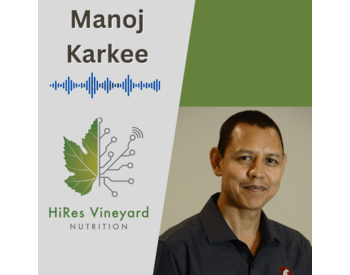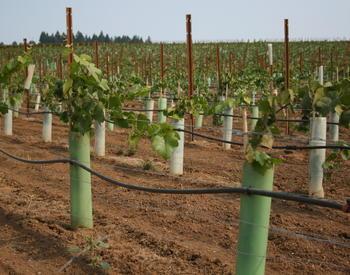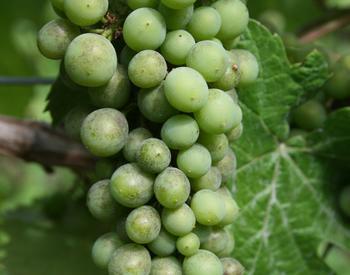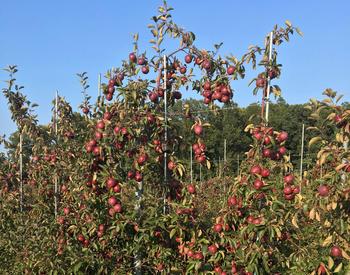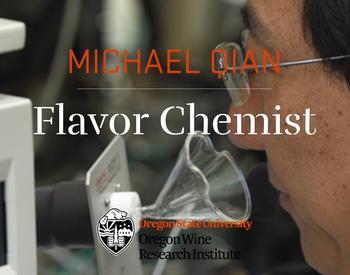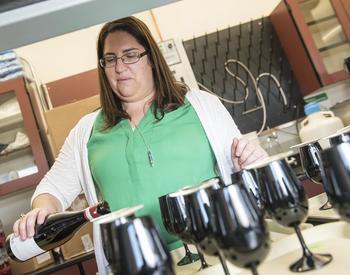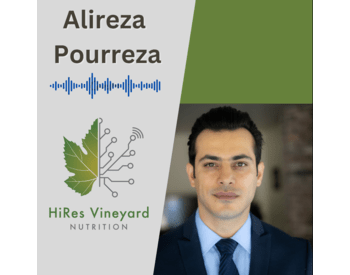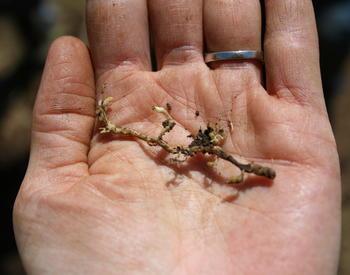Transcript
[MUSIC PLAYING]
When I first came to Oregon, and I looked at how uniform
the yield management was being applied across the state,
and found that there's relatively low yield
guidelines.
And as a scientist, I was really intrigued by that.
Each site is unique.
Each site has different vine spacing, different root stocks,
different clones of pinot noir.
Yet, a lot of people are using a very narrow window
of yield targets.
It's believed that low yields equate to high quality.
Many of the premium wine regions throughout the world
have identified this parameter.
And our relatively young industry here in Oregon
adapted that parameter for premium production.
And over the years, when we've looked at production ability
within pinot noir specifically in Oregon, it really
led us to wonder, could we do more?
What is cluster thinning
I'm Patty Skinkis, Viticulture Extension Specialist
at Oregon State University.
I'm a faculty member working on outreach and research
within the Oregon Wine Research Institute.
A lot of the research that I've done over the years
comes into two distinct categories.
One is yield management and the other is sustainability.
And really they go hand in hand.
Cluster thinning is often employed
within vineyards each season, particularly premium wine
grapes such as pinot noir, to reduce
crop level to a point that is considered
to increase fruit quality.
A lot of winemakers believe that it
will concentrate flavors and produce a better quality
wine in the end.
Many of the producers of Oregon pinot noir
will reduce crop level by 10% to 40%.
This work is always done manually.
This is very costly for producers.
[MUSIC PLAYING]
What is yield management
When I came in and I was really asking these questions,
the industry group said, hey, we would love to partner with you
to test this scientifically and do it
in a scientifically appropriate way
that we haven't been able to do on our own.
Back in 2012, we embarked on our first season
of doing a yield management trial that involves growers
as well as OSU to explore how crop thinning within vineyards
down to two or three different crop levels
and how that is impacting our fruit quality at harvest,
but also the wine quality based on sensory evaluation.
Yield management begins in the vineyard as early as bud
development and carries through fruit development.
When we look at the bud we can actually
see it formed here already during this growing season.
And it's producing the fruit or has
developed the fruit for next growing season
and will determine how much fruit we produce next year.
In that process, the vine is physiologically
moving around nutrients and carbohydrates
to develop both the bud and the fruit,
but also developing what are known as floral initials
or little tiny clusters within the bud.
There's different practices that can affect this fruitfulness.
Our yields are determined by what's developed in the bud.
So not just looking at what crop is on this vine,
but how are we altering that nutrient and carbohydrate
stream that's feeding these tiny buds.
Yield development can change year to year.
Pinot noir, in general, is known as a low-yielding variety.
So when we come into a season, we
want to know how much fruit are we dealing with.
Growers spend a lot of time trying to figure out
how much fruit is there.
But they oftentimes aren't looking at the bud.
That what we do in a season prior or possibly
even two years prior, might be affecting the current season's
crop.
So we've done this research to look at both perspectives.
What is this season's crop doing, but
what are our potential impacts by doing different vineyard
management practices on that bud and how
is that impacting our yield potential from year to year?
This is our sixth season and we hope
to go for a total of 10 years.
And the long-term nature of that work
is really required to understand how yield management is really
going to be necessary or unnecessary
under certain vineyard conditions,
as well as under certain climatic conditions
in a given year.
Within the first five years of the project,
we had moderate to very warm seasons
and we have yields that ranged from normal to very high.
How can we exploit that variability in the seasons
to come up with guidelines for growers down the road,
so that they aren't hand tied by a very rigid yield management
guideline that's basically restricting them
to a certain production level?
That's the long-term goal of that study
is to really understand from that producer level
how what they're doing in the vineyard
is affecting the end product.
We might be able to reduce some of those labor costs
by not crop thinning as much and also potentially having
higher yields.
It's not saying that you don't have to crop thin at all.
But if you have more of a certain quality of fruit,
you might be able to have higher volume of quality wine
and therefore increase the total profit per acre.
Those projects have really helped
us to see the long-term effects of things
that maybe vineyards take for granted, and giving them
some opportunity to adjust what they've always done exploring
new and potentially better wines by looking
at their yields a bit more carefully.
[MUSIC PLAYING]
Patty Skinkis is a viticulture Extension Specialist and a core researcher with the Oregon Wine Research Institute, based at Oregon State University. Her research focuses on how yield affects quality. It starts in the lab, with examining the buds, and continues into the field, with testing various amounts of thinning, and then to evaluating the quality of the wine. Special Thanks to: Bill Boggess, Executive Associate Dean, OSU College of Agricultural Sciences Danielle Gabriel, inspiration for OWRI research video series

